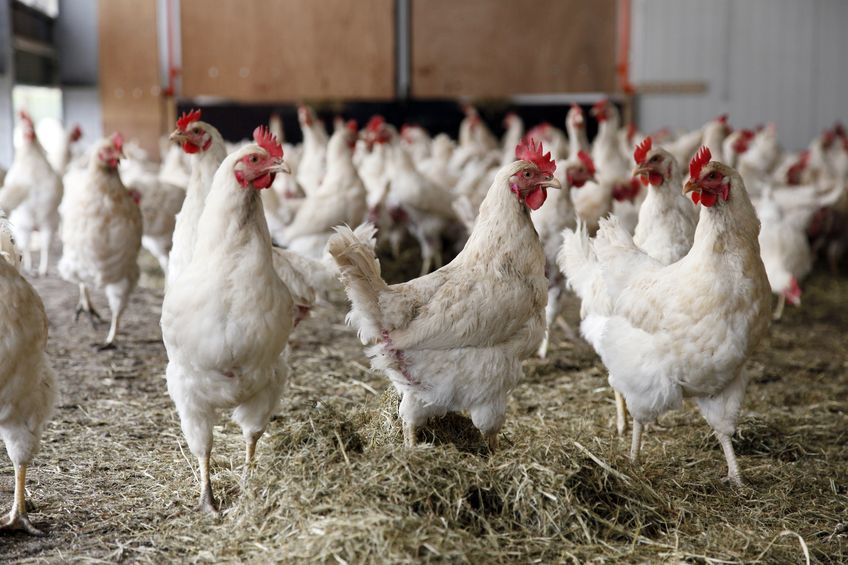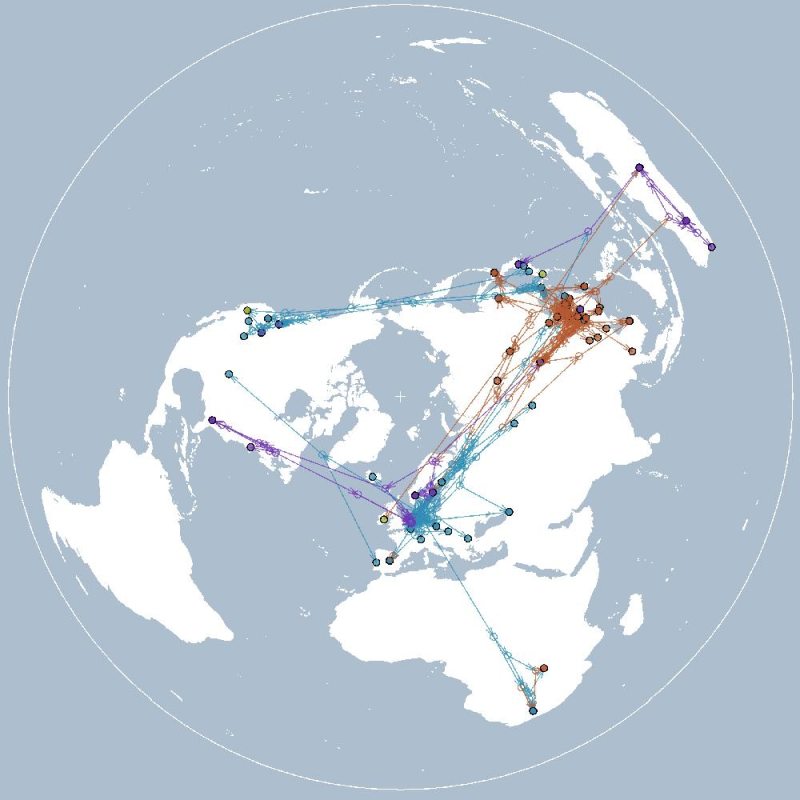
A tool that can better understand and forecast how the bird flu virus evolves and the risk associated with new strains is being developed.
The tool will be the first to predict factors that are currently difficult to forecast, such as whether new virus strains will cause serious harm.
Outputs could benefit vaccine development and control strategies to prevent future outbreaks.
Bird flu can cause massive economic losses in global food production, as it infects pigs as well as poultry. The virus can also be fatal in humans.
Producing vaccines is difficult because of the variety and changeability of flu strains.
The prediction tool will combine three computer models and will use more than one million data entries of the virus’ genetic makeup, derived from global surveillance programmes.
One model will identify key changes in the virus genome that influence its behaviour, while another will predict how the virus evolves within a bird as it adapts to different immune conditions.
The third will integrate outputs from the first two with additional geographic and other data. The models will then be tested for accuracy in laboratory experiments.

Professor Paul Digard, study lead from the UK's Roslin Institute, which is leading the development, explained that bird flu was a 'health and economic burden worldwide'.
"Tackling the virus is a big challenge. The computer models that will be developed in this study could be used to inform vaccination and other control strategies and prevent future outbreaks."
Dr Samantha Lycett, research group leader at the institute said: "Advances in computational approaches, combined with the large amounts of sequencing data available, mean that it is possible to develop modelling tools with genuine predictive power of the evolution and spread of bird flu."
The $3m (£2.2m) study is funded by the US National Science Foundation, the UK Biotechnology and Biological Sciences Research Council, and the National Natural Science Foundation of China.
It is a collaboration with the US Department of Agriculture’s National Poultry Research Center, the University of Georgia and the Chinese Academy of Sciences’ Institute of Microbiology.
